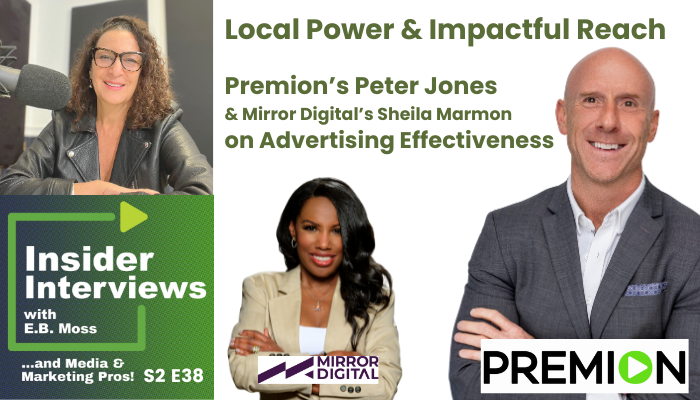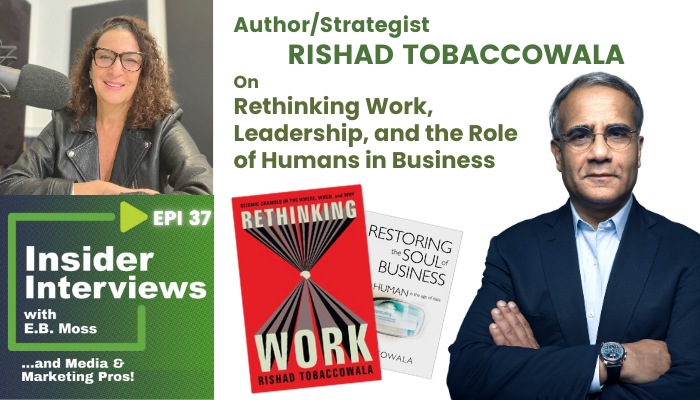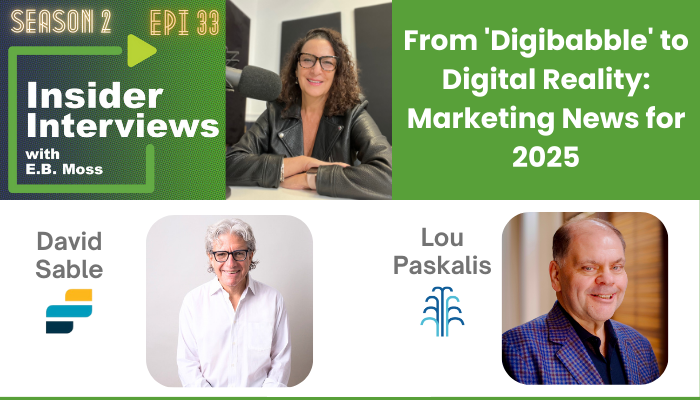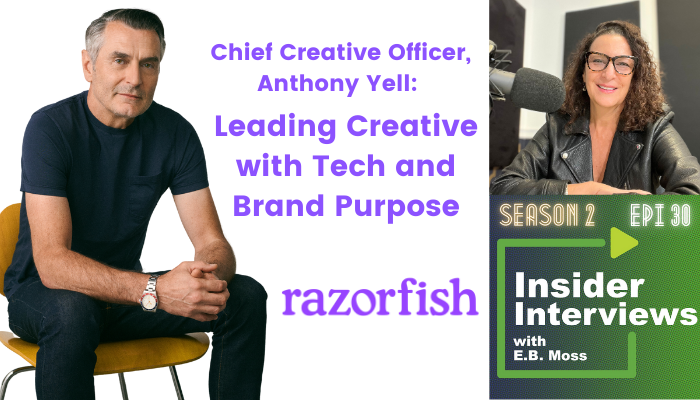The Power of Local Advertising and Impactful Reach: Premion & Mirror Digital
Podcast: Play in new window | Download (Duration: 23:10 — 21.6MB) | Embed
Subscribe or Follow Spotify | Android | Pandora | iHeartRadio | TuneIn | Deezer | RSS | More
It’s two exclusive conversations in one episode! During the recent #possible2025 conference in Miami* I conducted two short insider interviews that were long on advertising industry insights. Peter Jones, VP of Revenue at Premion, explained why local advertising is booming, the importance of data-driven strategies, and how omnichannel measurement is revolutionizing campaign attribution Then, Sheila […]

